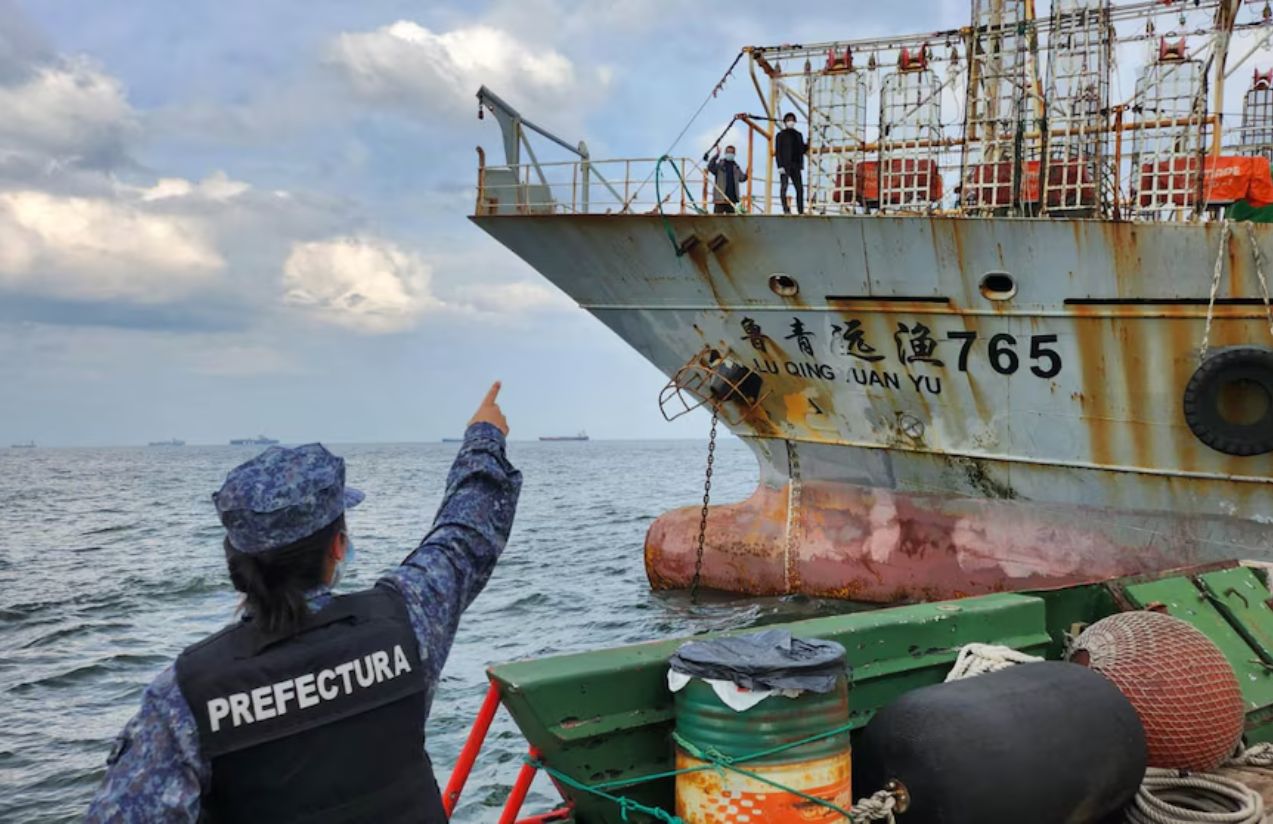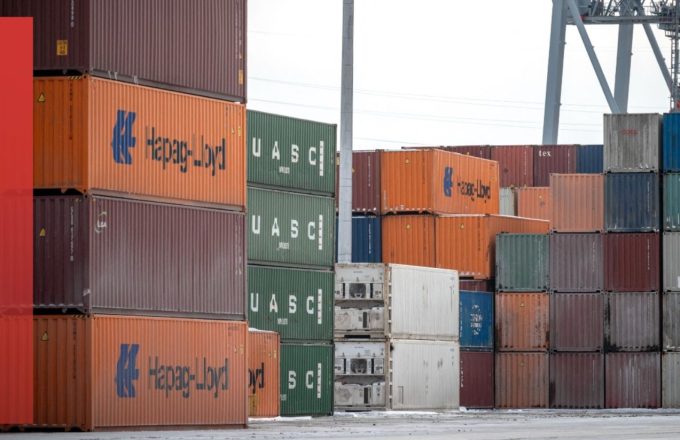The Strait of Magellan, one of the world’s most strategic maritime routes, is under strict surveillance by the Chilean Navy, which has deployed personnel and technology to monitor the passage of international fishing fleets, mainly from China.
According to Infodefensa, these vessels regularly cross between the Atlantic and Pacific Oceans from April to July in search of squid-rich areas. The Chilean Navy’s Third Naval Zone reports that up to 150 ships transit the strait each season, returning to the Atlantic between October and November. This movement occurs under the framework of “innocent passage,” as established by international maritime law, meaning the vessels are prohibited from fishing or conducting any commercial activities while in Chilean waters.
To ensure compliance, the Navy has implemented a broad control system that includes lighthouses, maritime radio stations, port captaincies, the Pilotage Office, and the Operations Department of the Punta Arenas Maritime Authority, all working together to supervise the transit.
The ships are organized into convoys of six and must wait in a designated holding area at Posesión Bay before continuing toward the western mouth of the strait. This procedure aims to maintain an orderly flow and minimize risks in a region of high environmental and geopolitical sensitivity.
Since the beginning of the season on April 8, the Maritime Authority has recorded the entry of 24 vessels from international fleets. However, the area’s famously unpredictable weather conditions have affected the pace of transit.
Supporting these surveillance efforts, an Airbus AS365 Dauphin helicopter, registration Naval 56, from the Southern Naval Aviation Group, conducted an aerial patrol on April 22 to inspect vessel movements, complementing traditional maritime monitoring.
Beyond its commercial importance, the Strait of Magellan is home to a highly valuable ecosystem. The increasing presence of international fishing fleets, particularly from China, presents significant regulatory and conservation challenges. In this context, the Chilean Navy plays a crucial role in preserving national sovereignty and enforcing international laws.
With maritime activity on the rise, Chilean authorities are expected to continue strengthening their surveillance and control capabilities, safeguarding both the environment and national interests along one of the Southern Hemisphere’s most iconic routes.
Argentina and Ecuador Also Intensify Efforts Against Illegal Fishing
Concerns over the advance of foreign fishing fleets extend beyond Chile. Last March, the Argentine Navy detected 380 vessels operating near the 200-mile limit of its Exclusive Economic Zone (EEZ), most of them flying the Chinese flag.
The Argentine operation involved the deployment of a P-3C Orion aircraft, smaller planes, and warships in a coordinated effort to combat illegal fishing. During the operation, suspicious behavior was observed: several vessels turned off their Automatic Identification Systems (AIS), complicating tracking efforts and raising suspicions of unauthorized incursions into national waters. Over 80% of the detected vessels belonged to Chinese fleets.
One of the most common techniques employed by these fleets involves the use of powerful nighttime floodlights to attract squid to the surface, a method effective for fishing but heavily criticized for its environmental impact.
Meanwhile, Ecuador has also stepped up efforts to combat illegal fishing, particularly around the waters of the Galápagos Islands, one of the world’s most biodiverse marine reserves. Since last year, the Ecuadorian Navy has reinforced its patrol operations and engaged in joint training exercises with neighboring countries and international partners.
A milestone in this fight was the capture of the Chinese-flagged vessel Fu Yuan Yu Leng 999 in 2017, which was found carrying 300 tons of fish. After a legal process, the ship was permanently handed over to Ecuador in 2020 and now operates under the name Hualcopo as part of the national fleet.




















